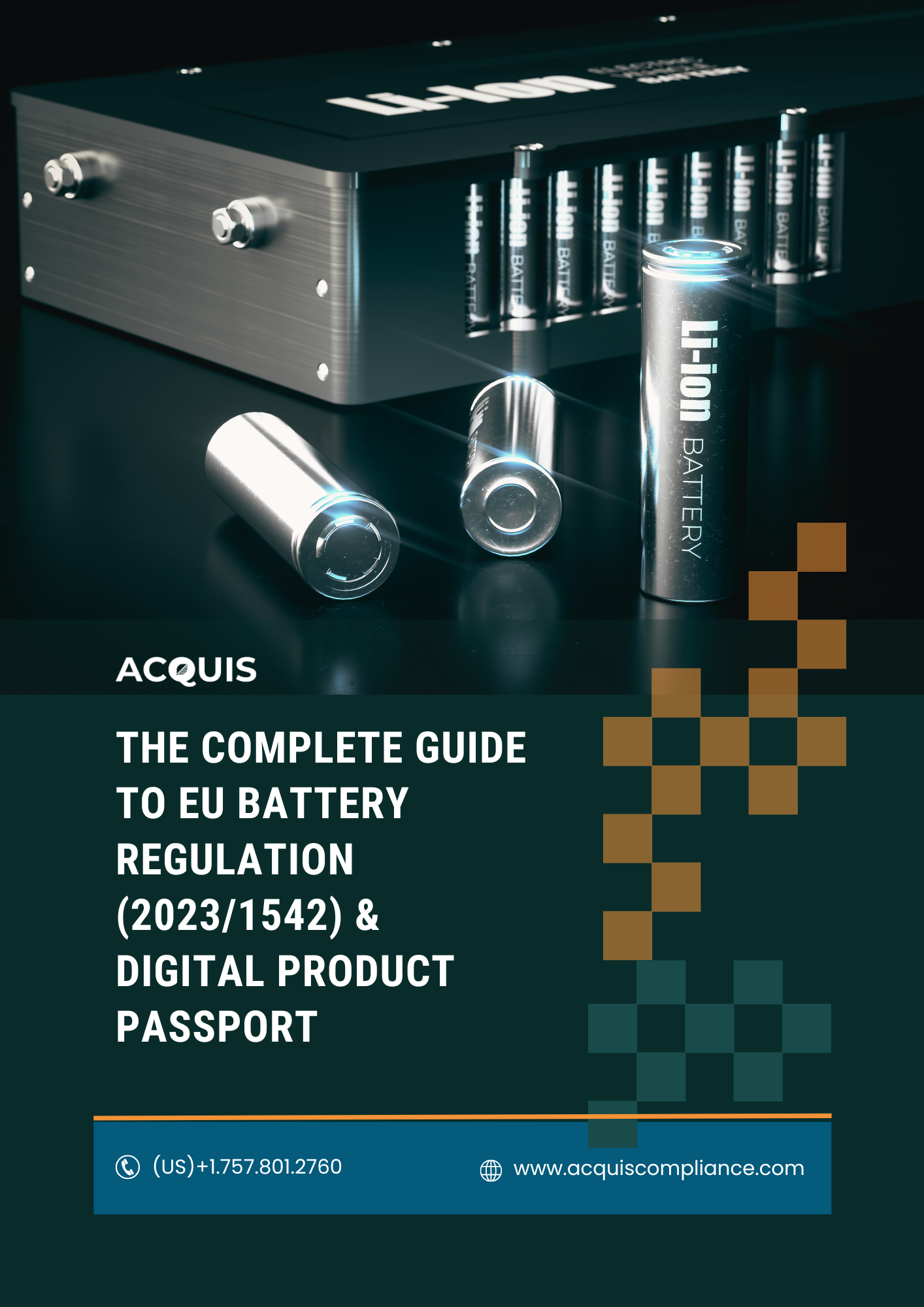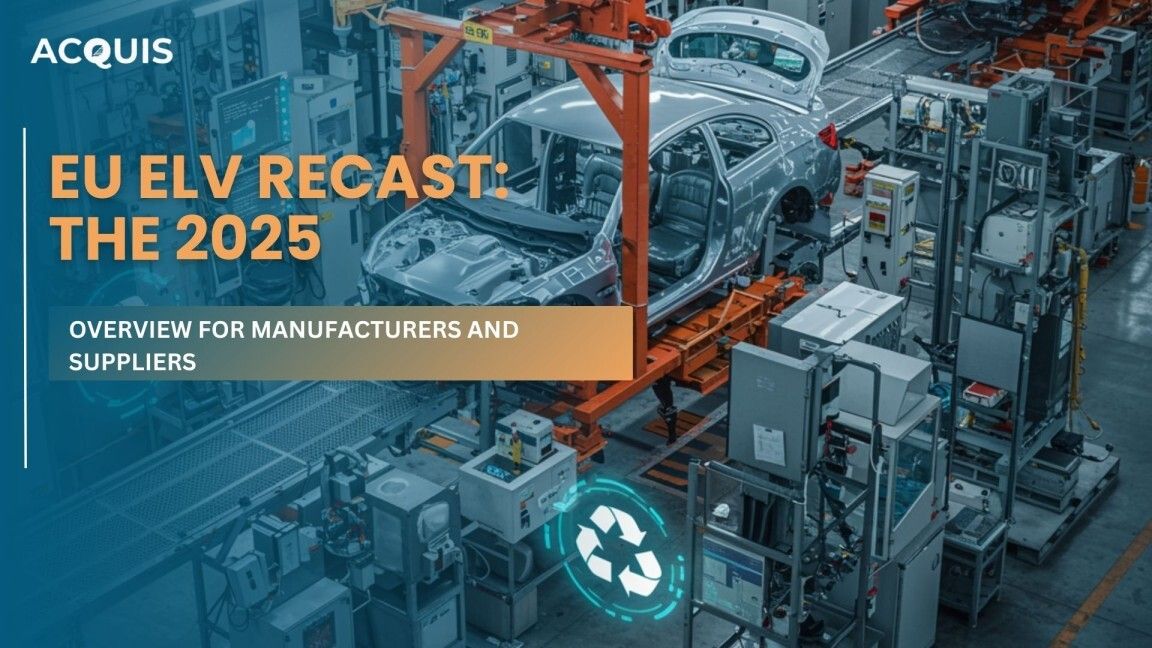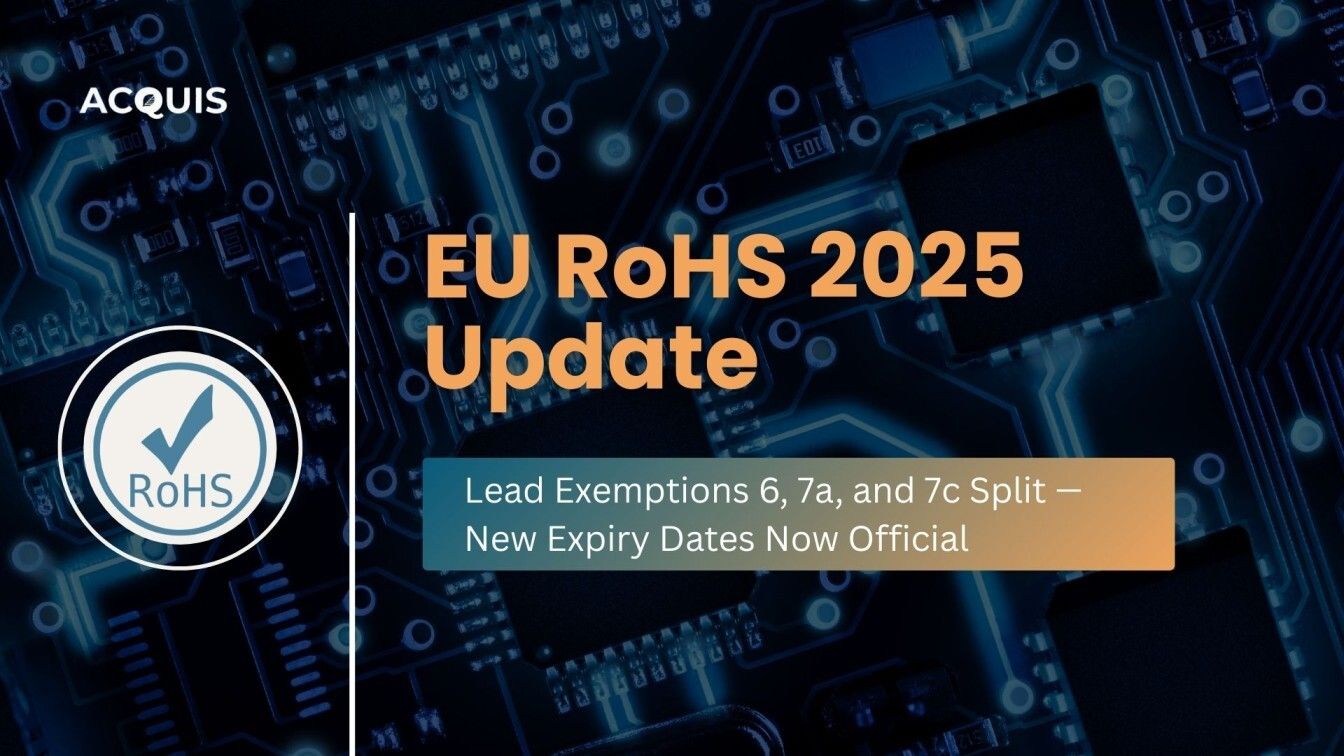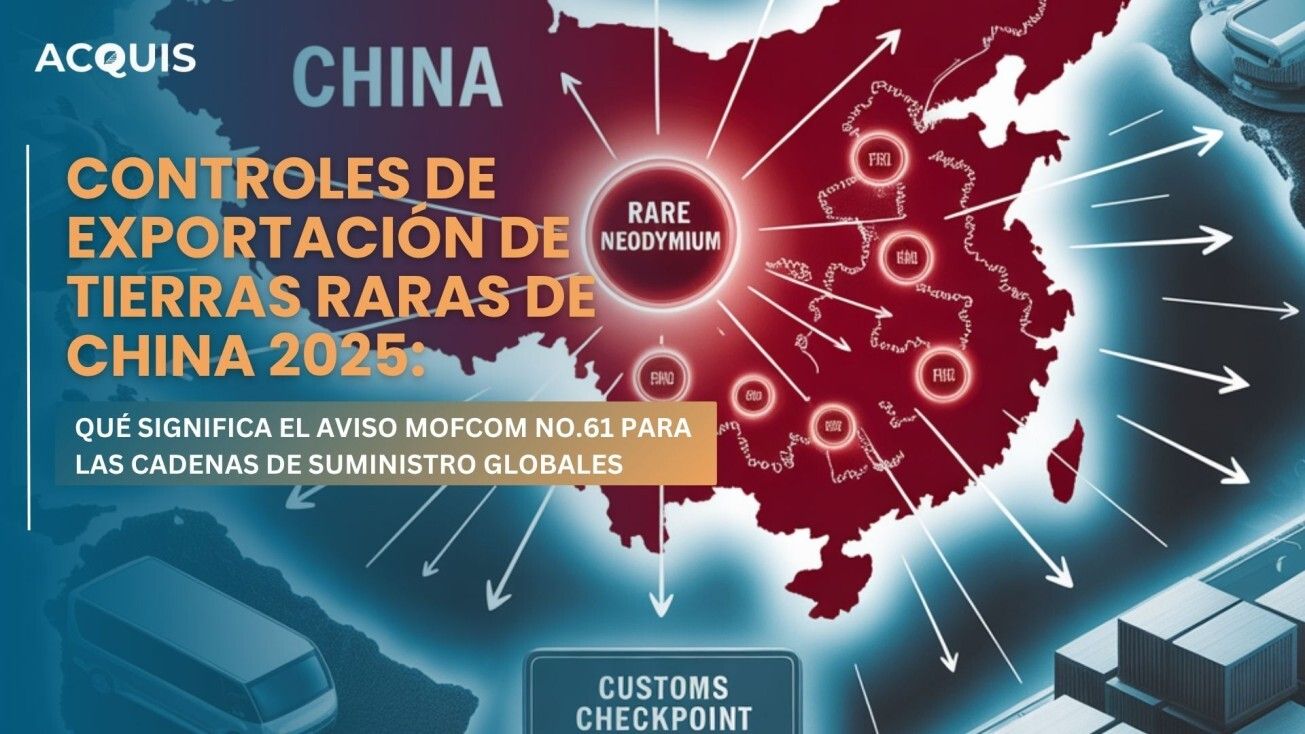Page 1 of 1
The Complete Guide to EU Battery Regulation (2023/1542) and Digital Product Passport
The EU Battery Regulation (Regulation (EU) 2023/1542) marks the most significant update to Europe’s battery framework in decades. It replaces the 2006 Batteries Directive with a law that applies directly in all EU Member States, ensuring consistent rules and enforcement everywhere.
This guide gives you a clear roadmap to meet the new requirements for carbon footprint declarations, digital product passports, supply chain due diligence, and recycling obligations under the Regulation.
Chapters Overview
Chapter 1: Introduction to the EU Battery Regulation Understand how the Regulation redefines batteries as strategic assets under the EU Green Deal and Circular Economy Action Plan. Learn why uniform rules now apply across all EU countries with no room for non-compliance.
Chapter 2: Battery Categories and Scope Explore the six main categories: Portable, Industrial, Automotive (SLI), EV, Light Means of Transport (LMT), and Stationary Energy Storage batteries. Identify how thresholds, such as 2 kWh, determine which of your products are subject to stricter compliance timelines.
Chapter 3: Key Requirements and Deadlines (2024–2031) Review all major compliance dates:
- 2025: Carbon footprint declaration for EV batteries above 2 kWh
- 2026: Digital Product Passport (DPP) mandatory for industrial batteries above 2 kWh
- 2027: Supply chain due diligence obligations begin
- 2028: Recycled content thresholds come into force Missing a single deadline can result in product bans across the EU.
Chapter 4: Carbon Footprint and Lifecycle Reporting Learn how to calculate and disclose lifecycle emissions using ISO 14040/44 and the EU Product Environmental Footprint (PEF) method. Understand how performance classes and emission thresholds will shape market access from 2025 to 2030.
Chapter 5: The Digital Product Passport (DPP) Find out what the Battery Passport is, when it becomes mandatory, and how it connects with the EU Ecodesign for Sustainable Products Regulation (ESPR). See how the DPP enhances transparency by including key data such as manufacturer, carbon footprint, and recycled content.
Chapter 6: Supply Chain Due Diligence Starting in 2027, all companies placing batteries on the EU market must follow the OECD 5-step framework and the Corporate Sustainability Due Diligence Directive (CSDDD). This chapter explains how to assess supplier risks for cobalt, lithium, nickel, and graphite, and how to report annually on due diligence activities.
Chapter 7: Performance, Durability, and State of Health Explore the new technical standards for CE marking, battery performance, and safety. Learn how manufacturers must share State of Health (SoH) data for EV and industrial batteries to support reuse and second-life applications.
Chapter 8: Recycling and Circular Economy Targets Review mandatory recycled content levels (Cobalt 16%, Lithium 6%, Nickel 6%, Lead 85%) and material recovery goals up to 2031. Learn how to verify recycled input documentation and maintain compliance through traceability systems.
Chapter 9: Removability, Replaceability, and Safety From 2027, portable and LMT batteries must be designed so that consumers or independent repairers can remove and replace them without damaging the product. This chapter outlines the technical and safety standards manufacturers need to follow, along with approved exemptions.
Chapter 10: Enforcement and Penalties National authorities now have the power to impose turnover-based fines and EU-wide bans for non-compliance. A product found non-compliant in one Member State can be withdrawn from the entire EU market.
Chapter 11: How Acquis Helps Discover how Acquis automates compliance with the EU Battery Regulation through supplier data collection, lifecycle tracking, and DPP generation. Our platform reduces manual work by up to 80% and ensures your compliance documentation is always audit-ready.
Chapter 12: Compliance Checklist and Glossary Access a step-by-step checklist covering key obligations from 2025 to 2028. Review a glossary of essential terms like “Digital Product Passport,” “Lifecycle Reporting,” and “Due Diligence Framework” for quick reference.
Disclaimer: The information provided in Acquis Compliance's blogs, ebooks, and other materials is intended for informational purposes only and should not be construed as legal advice. While we strive to provide accurate and up-to-date information, the rapidly evolving nature of compliance regulations means that the content may not always reflect the most current legal standards or interpretations. Therefore, it is crucial to consult with qualified legal professionals or our experts to ensure compliance with specific regulations and requirements applicable to your business. Reliance on the information provided without seeking professional advice could result in legal risks and potential non-compliance. Acquis Compliance disclaims any liability for errors, omissions, or damages arising from the use of the information provided in our materials.




